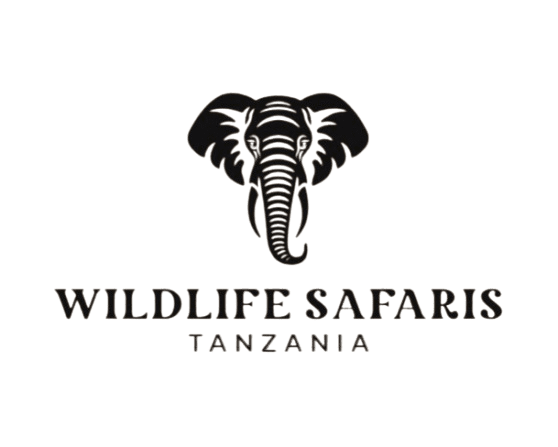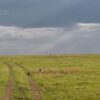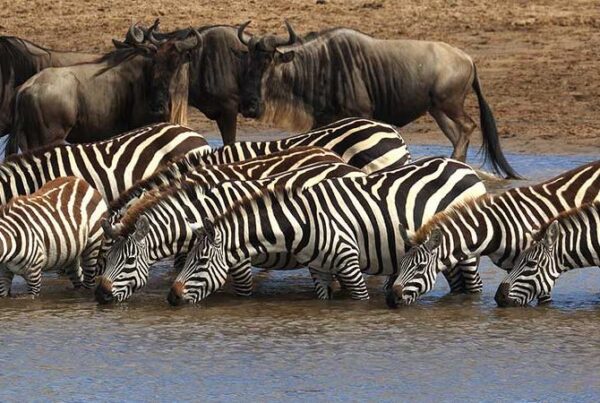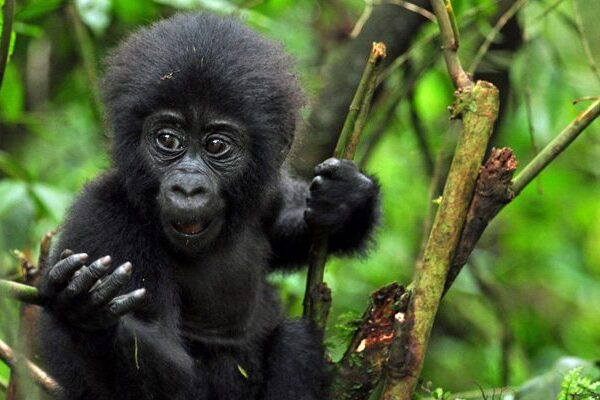Which Region Is Serengeti National Park Located In?
Serengeti National Park is one of Africa’s most celebrated wilderness destinations, and its location is a key part of what makes it such an extraordinary ecosystem. Set within northern Tanzania, the park lies in a region where ancient migration routes, volcanic highlands, and sweeping savannahs meet to create one of the world’s most biologically rich landscapes. Its position places it at the core of the greater Serengeti–Mara ecosystem, a vast cross-border wildlife corridor shared between Tanzania and Kenya. To understand where Serengeti National Park is located is to understand the geography that shapes its wildlife, culture, climate, and travel experiences.
Serengeti National Park in Northern Tanzania
Serengeti National Park is located in the northern region of Tanzania, forming part of the country’s famous Northern Safari Circuit. This region stretches across broad plateaus and rolling plains, with elevations ranging from low-lying grasslands to volcanic hills and river valleys. The park itself spans the northern part of the country and shares its northern boundary with Kenya’s Maasai Mara National Reserve, allowing wildlife to move freely across the border as part of the annual Great Wildebeest Migration. Its central and southern areas extend deep into Tanzania’s remote interior, creating an enormous protected wilderness where the natural world remains largely unchanged.
The Park’s Surrounding Districts and Neighbouring Areas
Within Tanzania’s administrative map, Serengeti National Park falls primarily within the Mara Region, though parts extend toward the Arusha Region and the edges of the Simiyu Region. These surrounding districts are home to communities that have lived alongside wildlife for generations, particularly the Maasai and other pastoralist groups whose traditions remain deeply connected to the land. The park forms the heart of a much larger network of protected areas, neighboring places such as Ngorongoro Conservation Area, Maswa Game Reserve, Grumeti Reserves, and Ikorongo Game Reserve. Together, these areas form one of Africa’s largest continuous wildlife ecosystems.
Geography That Shapes an Entire Ecosystem
The Serengeti’s location within a vast plateau gives the park its iconic open landscapes—endless golden plains dotted with acacia trees, volcanic kopjes, and wide river valleys. This elevation creates a moderate climate, with cooler nights and warm days that support enormous herds of grazers and predators. Its position near the Great Rift Valley has influenced its soils, vegetation, and water systems, making it one of the most fertile wildlife habitats in East Africa. The region’s mix of grasslands, woodlands, riverine forests, and seasonal wetlands supports unmatched biodiversity, which is why the Serengeti remains a global conservation treasure.
A Key Part of the East African Migration Route
Serengeti National Park’s northern location places it directly along the path of the world-famous Great Wildebeest Migration. Wildlife moves through the park and into Kenya’s Maasai Mara and back again, following the dynamic cycle of rains and fresh grazing. This cross-border migration is possible because of the Serengeti’s strategic geographic location and the protected corridors connecting these regions. Millions of animals traverse this route each year, shaping one of the most extraordinary natural events on the planet.
Why the Serengeti’s Location Matters to Travelers
For visitors, the Serengeti’s position in northern Tanzania makes it highly accessible from popular hub cities such as Arusha and Kilimanjaro. It is often combined with other destinations in the Northern Circuit, including Ngorongoro Crater, Lake Manyara, Tarangire, and Mount Kilimanjaro. Its vastness means that different regions of the park offer unique experiences—central Seronera for big cats, the north for river crossings, the south for calving season, and the west for tranquil wilderness along the Grumeti River. Understanding where the park is located helps travelers choose routes that match the wildlife activity they want to experience.
The Serengeti’s Region as a Timeless Wilderness
Ultimately, the Serengeti’s location in northern Tanzania is central to its identity as one of the world’s greatest wildlife sanctuaries. Its position within the larger Serengeti–Mara ecosystem, its surrounding communities, its varied landscapes, and its connection to ancient migration pathways all stem from its place on the East African plateau. To know where the Serengeti is located is to appreciate the geographic foundation of a park that continues to inspire awe, protect wildlife, and define the essence of the African safari.









